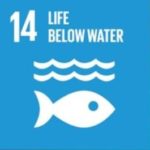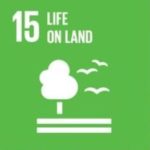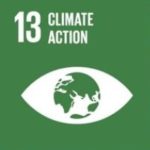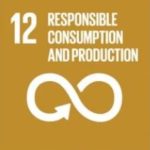4. The GAPFRAME calculation methodology
4.2 Indicators data source
To measure the GAPFRAME issues and dimensions, we exclusively use publicly available indicators. The values for 63 indicators (out of 68) have been downloaded and used directly (without any further data treatment) for calculation of the GAPFRAME index.
An additional treatment of data was performed on 3 indicators, before starting their conversion into a 0-10 GAPFRAME scale. Those included:
- Indicator no 5, “Phosphate consumption” (UNEP) measured in “Oceans” issue, was divided by cultivated land to determine the level of fertilizers used in agriculture by country;
- Indicator no 43, ““Natural resources depletion, % of GINI” (The World Bank) measured in “Resource use” issue, was multiplied by GINI, to make the natural resources depletion independent of income or wealth distribution of a country residents;
- Indicator no 44, “Carbon consumption” (Global Carbon Project) measured in “Sustainable consumption” issue, was divided by the number of inhabitants per country, to better compare the carbon consumption between nations.
Two indicators, “Extinction rate of animals” – indicator no 1 measured in “Biodiversity” issue and “Carbon quotient” – indicator no 3 measured in “Carbon quotient” issue, were developed internally, based on existing data, as explained below.
Extinction rate of animals
Although the global extinction rate of species is known, to the best of our knowledge there is no publicly available indicator that represents the extinction rate of species per country. For the GAPFRAME purpose, we estimated the extinction rate of animals based on the IUCN Red List data.
We have calculated the extinction rate of animals in E/MSY units (extinction per million species-years), using the following formula (Pimm et al, 2014):
![]()
To estimate the “number of animal extinction per country” we have used the IUCN Red List data (Table 6a animals available here: http://www.iucnredlist.org/about/summary-statistics) and counted the total number of EX – extinct and EW – extinct in the wild animals per country.
We further calculated the “average species – years” by multiplying the total number of assessed species by country with the “average years described to present” that represents the average time elapsed since the species were discovered (Pimm et al, 2006):
![]()
To estimate the “number of assessed species” by country we have used the IUCN Red list data (Tables 8a-8c available here: http://www.iucnredlist.org/about/summary-statistics) and summed up the total assessed endemic and non-endemic animal species that include: mammals, birds, crocodiles & alligators, chameleons, amphibians, groupers, sturgeons, wrasses & parrotfishes, sharks & rays, crabs, crayfishes, lobsters, cone snails, and reef-forming corals.
So far, we have calculated the “average years described to present” for two taxonomic groups: birds and fishes and used the average value (138 years) to calculate the “average species-years”. In the future, we plan to extend the calculations to all taxonomic groups to have a better precision in estimation of this parameter.
Acknowledgments: The calculations of the extinction rate of animals would not be possible without numerous discussions and help of Professor Stuart Pimm, President at SavingSpecies and Professor at Duke University in North Carolina, as well as Caroline Pollock, Programme Officer – Red List Unit at IUCN.
Carbon quotient
In the GAPFRAME process, we also developed the “Carbon quotient” indicator, based on the National Footprint Accounts (2016) data for ecological footprint and biocapacity.
Carbon quotient, measured in global hectares per person, is a national carbon footprint calculated as a fraction of remaining (available) global biocapacity:
![]()
The “remaining global biocapacity” was calculated by subtracting the ecological footprint (that includes cropland, grazing, forest product, fish, and built up land footprint) from the total available biocapacity. Ideally, the carbon footprint should stay within the limits of remaining global biocapacity, implying the ideal value for carbon quotient below 1.
















